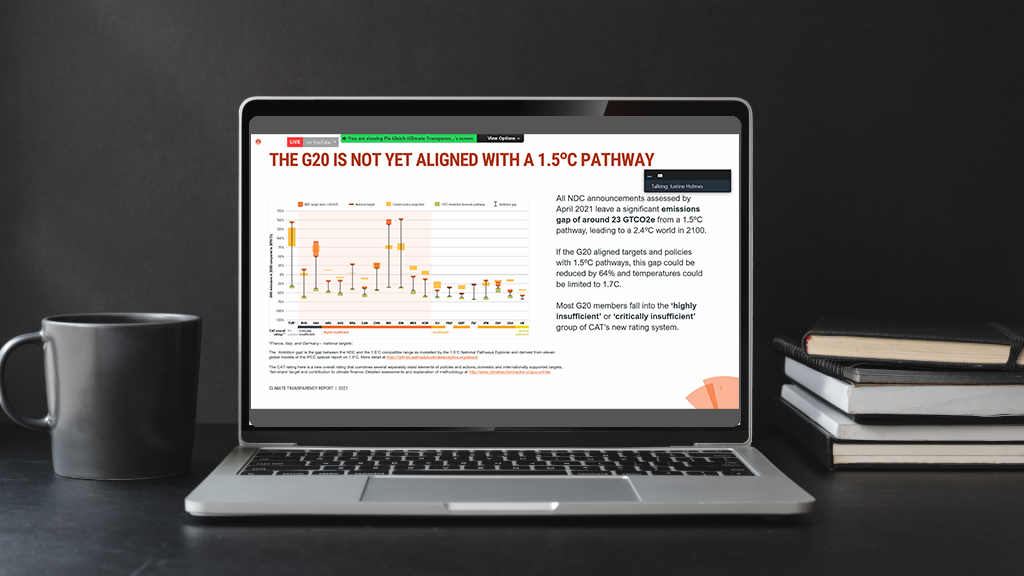
Mapping the Potential of Renewable Energy in Indonesia for a More Precise Energy Transition Planning
Jakarta, October 25, 2021 – In order to encourage the acceleration of renewable energy development, the Institute for Essential Services Reform (IESR) lau... Read more.

IESR: Beware of Emissions in the Energy Sector, Special Strategies Are Needed to Reduce Emissions
Jakarta, 21 October 2021 – In the 26th Conference of Parties to be held in Glasgow on 31 October – 10 November 2021, the Government of Indonesia car... Read more.

Climate Change: An all aspects of life crisis requires all parties participation
Jakarta, 19 October 2021 – Two weeks before the Conference of the Parties (COP) 26 in Glasgow, climate issues are widely discussed in Indonesia, one of wh... Read more.

Anticipating rising emissions, Indonesia climate action is considered highly insufficient
Jakarta, 28 Oktober 2021– Indonesia has updated its Nationally Determined Contribution (NDC) document. However, Indonesia’s target to achieve carbon... Read more.

IESR Launches the Study of Renewable Energy Technical Potential Map Study in Indonesia
Jakarta, October 25, 2021 – A comprehensive renewable energy potential map needs to be prepared to support the energy transition towards utilizing 100 per... Read more.

The G20 is Progressing yet far from the 1.5 degree Plan
2021 is marked as the year of the rebound of emission especially in the G20 countries as the economic and social activity is restarting. Previously, emission in... Read more.

Towards COP 26, Community Leaders Demand Climate Emergency Declaration
Jakarta, 19 October 2021– Indonesia has updated its climate commitments through its Nationally Determined Contribution (NDC) to achieve carbon neutrality ... Read more.

IESR: Renewable Energy Portion in “Green” RUPTL Could Be Bigger
Jakarta, 14 October 2021– Institute for Essential Services Reform (IESR) The Institute for Essential Services Reform (IESR) appreciates the governmentR... Read more.

Using Solar PV, Commercial and Industrial Sector Play a Strategic Role Reaching Target of 23% Renewable Energy
Semarang, 6 October 2021– With the technical potential of solar energy reaching 193–670 gigawatt peak (GWp), and the potential for generation from solar... Read more.

Preventing Energy Crisis, Indonesia Needs to Accelerate Renewable Energy Development
Jakarta, 11 October 2021– The energy crisis in Europe is a lesson for many countries, especially Indonesia to maintain their energy security by reducing d... Read more.
